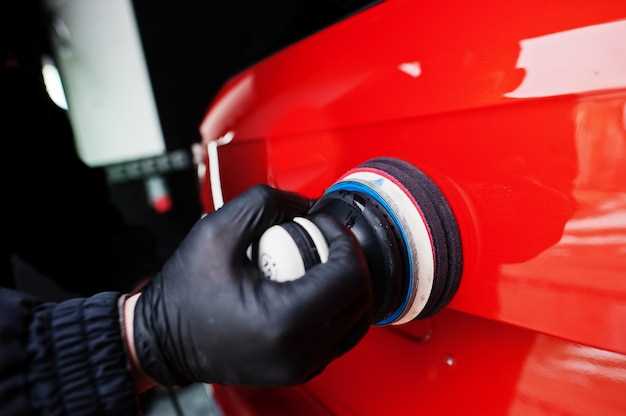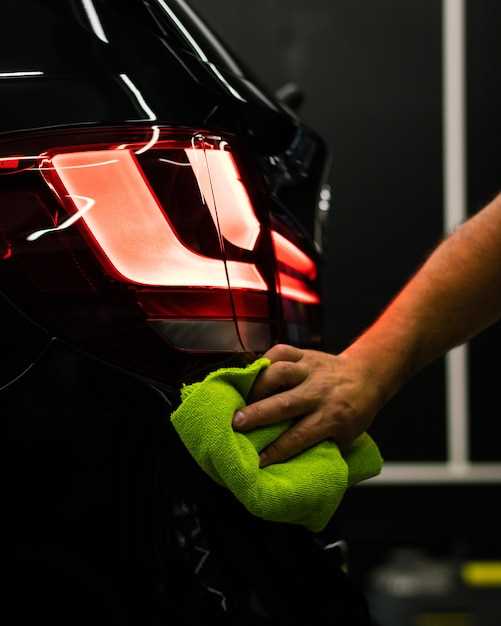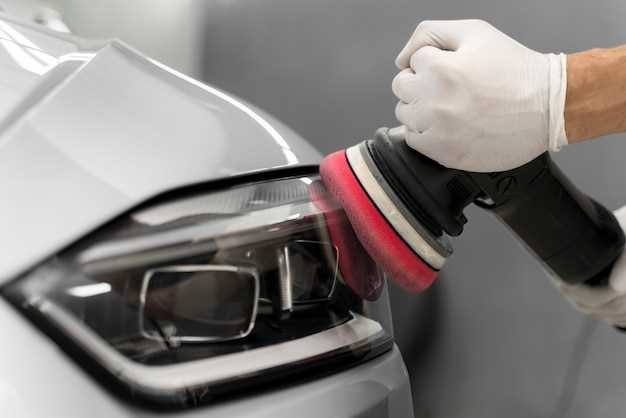
Ceramic coatings have revolutionized the way we protect our vehicles, providing a durable barrier that enhances both appearance and longevity. These advanced protective solutions offer more than just a brilliant shine; they deliver superior resistance against environmental contaminants, UV rays, and scratches. As automotive enthusiasts continue to seek the best products to keep their cars looking pristine, understanding the top ceramic coatings on the market becomes essential.
In this article, we will explore some of the best ceramic coatings available today, highlighting their unique features, application processes, and benefits. From professional-grade products suited for expert detailers to DIY options for the everyday car owner, there is a ceramic coating for everyone. We will also discuss how these coatings stand up against traditional waxing and sealants, making a compelling case for their use in modern vehicle maintenance.
Whether you’re looking to protect a new vehicle or rejuvenate an older model, investing in a quality ceramic coating can ensure a lasting shine that withstands the test of time. Join us as we delve into the world of ceramic coatings, comparing performance, durability, and ease of use to help you make an informed decision.
How to Choose the Right Ceramic Coating for Your Vehicle

Selecting the right ceramic coating for your vehicle is crucial to ensure longevity and protection. Here are some essential factors to consider:
1. Determine Your Needs: Assess what you expect from the ceramic coating. If you are looking for enhanced gloss and protection against environmental contaminants and UV rays, ensure the coating you choose is rated for those features.
2. Check the Durability: Ceramic coatings vary in longevity. Some products promise up to two years, while others can last for more than five years with proper maintenance. Consider how often you want to reapply the coating when making your choice.
3. Research the Brand: Reputation matters. Investigate brands known for quality, durability, and user satisfaction. Reading customer reviews and expert opinions can provide insight into the effectiveness of the coating.
4. Consider Application Type: Ceramic coatings are available for DIY application and professional use. If you are an experienced detailer, a DIY kit might suffice. However, for optimal results, especially for first-time users, professional application can be beneficial.
5. Evaluate the Properties: Look for coatings that offer not just shine but also added benefits like hydrophobic properties and resistance to chemicals. These features will enhance the coating’s effectiveness in protecting your vehicle.
6. Understand the Maintenance Requirements: Each ceramic coating has specific maintenance needs. Some may require specialized soap for washing or regular top-ups. Thoroughly understand the upkeep involved to maintain the coating’s integrity and appearance.
7. Assess Cost vs. Value: While it may be tempting to choose a cheaper coating, consider the long-term benefits and potential savings from better protection. Sometimes investing more upfront can lead to lower costs in the future due to reduced wear and tear on your vehicle’s surface.
By carefully considering these factors, you can select the best ceramic coating that meets your vehicle’s needs and ensures lasting shine and protection.
Step-by-Step Application Process for Ceramic Coatings

Applying ceramic coatings properly is essential to ensure optimal performance and durability. Follow these steps to achieve a professional-grade finish for your vehicle.
Step 1: Gather Your Materials
Before beginning, collect all necessary materials. You will need:
- Ceramic coating product
- Clay bar or decontamination solution
- Microfiber towels
- Polisher (if applicable)
- Painter’s tape
- Isopropyl alcohol and water mix
Step 2: Prepare the Surface
Start with a thorough wash of the vehicle using a pH-neutral car shampoo. This removes dirt and contaminants. After washing, utilize a clay bar or a decontamination solution to eliminate embedded particles on the paint’s surface. Proper decontamination ensures better adhesion of the coating.
Step 3: Inspect and Correct Paint
Examine the paint for imperfections such as swirls, scratches, or oxidation. Use a dual-action polisher with an appropriate polish to correct these defects. This step is crucial, as the ceramic coating will enhance and highlight any remaining imperfections.
Step 4: Clean and Prep
Once the surface is corrected, wipe it down with an isopropyl alcohol and water mix (typically in a 50/50 ratio). This step removes any oils, residues, or polishing compounds, ensuring that the surface is perfectly clean for the ceramic coating application.
Step 5: Mask Off Areas
Use painter’s tape to protect areas not intended for coating, such as plastic trim, rubber seals, or windows. This prevents overspray and ensures a clean line.
Step 6: Apply the Ceramic Coating
Using an applicator pad, apply the ceramic coating in a crosshatch pattern. Work in small sections (about 2×2 feet) to ensure even coverage. Allow the coating to flash according to the manufacturer’s instructions, typically a few minutes. Wipe off excess product with a clean microfiber towel to prevent high spots from forming.
Step 7: Curing Time
Once applied, allow the coating to cure as instructed by the manufacturer. This period can vary from a few hours to a day, depending on the product. Avoid exposing the vehicle to moisture or extreme temperatures during this time.
Step 8: Final Inspection
After the curing process, conduct a final inspection to ensure even application and to check for any missed spots. If necessary, apply an additional layer following the same application steps to enhance protection and shine.
Step 9: Post-Application Maintenance
To maintain the longevity of the ceramic coating, avoid washing the vehicle for at least a week. When you do wash it, use a gentle pH-neutral shampoo and avoid abrasive cleaning tools. Regular maintenance will keep the coating effective and the vehicle looking pristine.
Maintenance Tips to Ensure Longevity of Your Ceramic Coating
To maximize the lifespan and effectiveness of your ceramic coating, regular maintenance is essential. Following a structured care routine not only enhances the coating’s protective properties but also maintains the aesthetic appeal of your vehicle’s surface.
First and foremost, wash your vehicle regularly with a pH-neutral car shampoo. Avoid harsh chemicals or abrasive cleaners that can degrade the ceramic layer. It is advisable to wash your car every two to four weeks, depending on environmental factors such as road conditions and weather.
When washing, utilize the two-bucket method. This involves using one bucket for soapy water and another for rinsing your wash mitt. This technique prevents the redistributing of dirt and contaminants back onto the surface, minimizing the risk of scratches.
Incorporate drying your vehicle with a soft, microfiber towel. This helps to avoid water spots that can mar the glossy finish. Moreover, to prevent any accumulation of contaminants, consider using a blow dryer designed for automotive detailing to remove water from hard-to-reach areas.
Periodically inspect the ceramic coating for any signs of degradation. If you notice water no longer beads off the surface, it may be time to use a booster product specifically designed for ceramic coatings. These products can help restore hydrophobic properties while providing an additional layer of protection.
Additionally, avoid automatic car washes that utilize brushes, as they can scratch the surface and wear down the coating prematurely. Instead, choose touchless car washes or hand washes for a more gentle approach.
Lastly, apply a ceramic maintenance spray every few months. This will enhance the bond between the coating and the surface while replenishing its protective qualities. Regular application of such maintenance products can significantly prolong the effectiveness of your ceramic coating.





